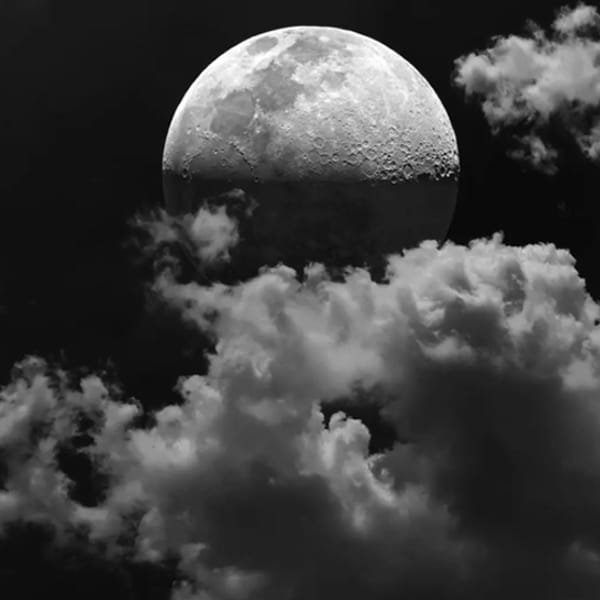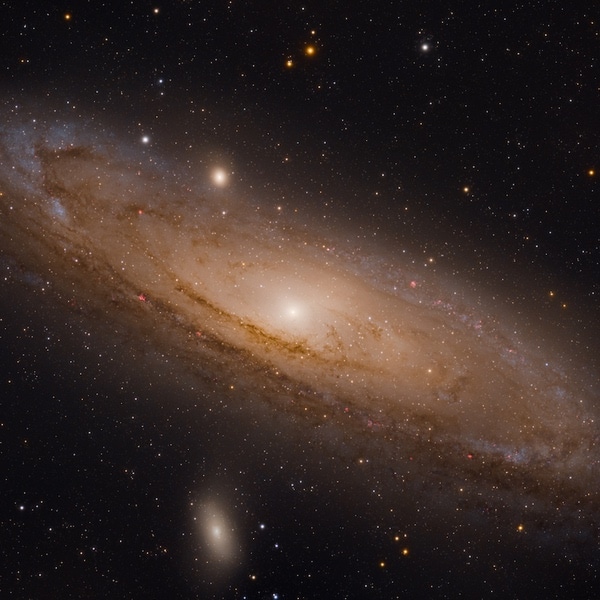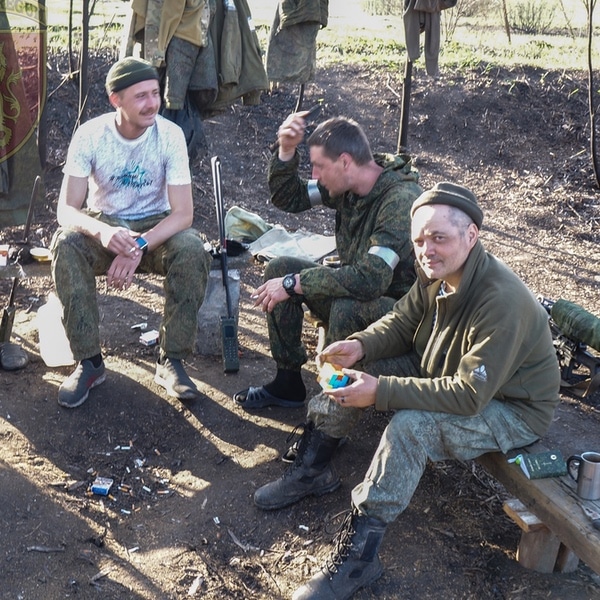View this post on Instagram
A cualquiera que le hayan robado una maleta sabe que es toda una pesadilla. Pero, ¿y si tu equipaje contuviera más que ropa y objetos personales? Desafortunadamente, esto fue lo que le sucedió al fotógrafo Joel Sartore de National Geographic, a quien le fue robado su equipaje de mano en el aeropuerto de Bali el 20 de diciembre. Como casi todo el equipaje de mano, su maleta contenía cosas de valor, como su pasaporte, computadora, cámaras, y—tal vez lo más importante—tres discos duros llenos de imágenes irremplazables.
Sartore, quien pidió ayuda en Instagram, está buscando desesperadamente su maleta Samsonite por estos discos duros. Cada uno contiene fotografías invaluables tomadas en un viaje de tres semanas a Indonesia que Sartore destinó a The Photo Ark. Este ambicioso proyecto tiene como objetivo capturar la biodiversidad del mundo al fotografiar cada especie que vive en un zoológico o santuario de vida silvestre alrededor del mundo.
Este proyecto significa mucho para el fotógrafo, y, en una entrevista exclusiva con My Modern Met, contó lo que significa para él trabajar en The Photo Ark. “Algo que me impulsa es el hecho de que, para muchas de las especies más pequeñas que fotografío, esta es la única vez que sus historias serán contadas a una audiencia global. Para algunos, esta puede ser la diferencia entre supervivencia y extinción, dependiendo de si el público se preocupa lo suficiente como para salvar su hábitat, disminuya la contaminación, etc. Entonces, ya sea que estemos celebrando pececillos, gorriones o salamandras, esa es una motivación poderosa que me hace seguir adelante”.
De acuerdo con el fotógrafo, los discos duros perdidos contienen imágenes y videos de algunas de las especies más raras del mundo. La pérdida de estas fotos es un gran golpe para Sartore, cuyo objetivo es promover la conservación animal ante la rápida extinción de muchas especies. Aunque este dedicado fotógrafo ha cargado imágenes de más de 9,800 especies a la base de datos de The Photo Ark, completar este proyecto tomará aproximadamente 25 años.
Por ello, Sartore espera que alguien le ayude a recuperar estos discos duros Silicon Power azules. Cada uno tiene capacidad de 1 o 2 terabytes. Quienes sepan algo sobre el paradero estos objetos, pueden contactar a Sartore o a Asa Film en Bali.
Ayuda al fotógrafo Joel Sartore a recuperar los discos duros que le fueron robados en Bali.
Cada uno contiene imágenes o videos de especies raras de Indonesia para The Photo Ark.
Este ambicioso proyecto tiene como objetivo documentar todas las especies que viven en zoológicos y santuarios.
Joel Sartore: Sitio web | Instagram | Facebook
h/t: [PetaPixel]
Artículos relacionados:
Entrevista: Este fotógrafo ha dedicado su vida a documentar cada especie animal en el mundo
Estos impresionantes retratos capturan las personalidades únicas de aves en peligro de extinción
Estas son las fotos finalistas del premio del público del concurso Wildlife Photographer of the Year
Entrevista: Steve McCurry retrata la conexión humana con los animales alrededor del mundo












































































